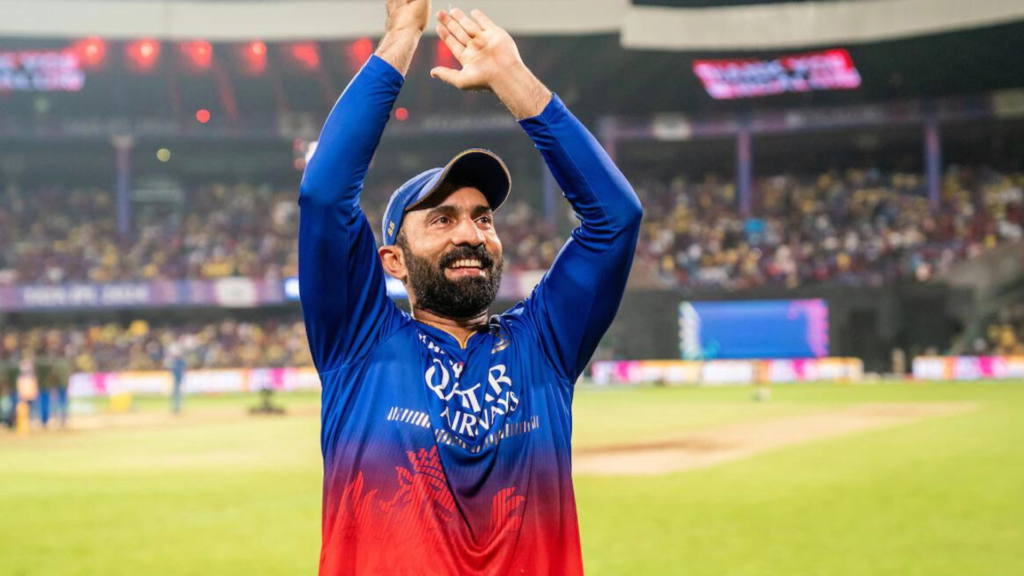
India’s inaugural venture into a new era of T20 cricket commenced with a misstep on Saturday; however, they quickly recovered to conclude the weekend with a significant victory, prominently featuring their most forward-looking player. Abhishek Sharma, who dazzled in IPL 2024 with his brilliant and purposeful performances at the top of the batting order, showcased his talent to the international cricketing community on Sunday. He dismantled the Zimbabwean bowling attack, scoring a century off just 46 balls, marking it as the joint third-fastest century by an Indian player in T20 internationals.
This endeavor resulted in India achieving a score of 234 for 2, marking their second-highest T20I total recorded outside their home country. Consequently, Zimbabwe was faced with the challenge of accomplishing their highest successful chase, having previously succeeded in surpassing a target of 199 only once. They were unable to come close, as India’s significantly stronger bowling unit effectively exploited a two-paced pitch while safeguarding a total that exceeded expectations. The victory margin of precisely 100 runs encapsulated the essence of the match.
The pitch in Harare exhibited a slightly spongy bounce and seam movement in the initial overs, which Zimbabwe’s bowling attack effectively exploited during the powerplay, restricting India to a score of 36 for 1. Shubman Gill was dismissed in the second over, edging a delivery from Blessing Muzarabani directly to mid-on. Muzarabani emerged as Zimbabwe’s standout bowler in the early phase, particularly unsettling Ruturaj Gaikwad with his height and the movement of the ball in the corridor. Abhishek also took some time to acclimatize to the conditions, at one point managing a score of 27 runs off 23.
Following that moment, Abhishek became an unstoppable force, amassing 72 runs off just 23 balls while at the crease, striking five fours and seven sixes during this period. The conditions that had previously troubled him no longer seemed to matter. He adeptly maneuvered to pull slightly short deliveries with tremendous strength. He confidently stepped out and elegantly swung his arms to loft the ball over the covers. The once modest Zimbabwean bowling attack now appeared to be exactly what it was.
Throughout the match, he targeted several bowlers to dismantle the Zimbabwe bowling attack. In the 11th over, Dion Myers’ slow-medium deliveries were struck for 4, 6, 4, 6, 4, with the highlight being a tremendous pull shot that soared to the roof beyond the leg-side boundary, marking Abhishek’s fifty. Subsequently, Masakadza, who was unfortunate to have dropped Abhishek and to be bowling left-arm orthodox, conceded 6, 6, 6 in the 14th over. The final hit was a one-handed flick over backward square leg, which celebrated Abhishek’s century, although a miscue on the following delivery brought the aggressive innings to a close.
Zimbabwe had six overs remaining to bowl, and India appeared to be in a confident state. Gaikwad’s difficulties with the conditions and the effects of not having played competitive cricket since the IPL persisted until his 38th delivery, at which point he reached his fifty with a pulled four off Jongwe. In the subsequent over, the 18th, he dominated Chatara, striking three fours and a six, ultimately concluding his innings not out on 77 from 47 balls.
The primary contributor to India’s end-overs dominance was Rinku Singh, who unfortunately missed the World Cup campaign despite having an impressive average of 89 and a strike rate of 176.23 across 11 innings at the time the team was announced. In this match, he was in exceptional form, and was promoted to the No. 4 position, which provided an ideal opportunity for his talents. He struck a powerful six over the covers on the sixth ball he faced and concluded the innings with a four followed by two consecutive sixes off Jongwe, who recorded disappointing figures of 0 for 53 in four overs. India reached to a total of 234/2 in 20 overs.
Zimbabwe's Dismal Batting Performance

Zimbabwe’s prospects in their chase were contingent upon the structure of India’s bowling lineup. By opting for an additional batsman, India had only four primary bowlers, thereby necessitating that part-timers Abhishek and Riyan Parag complete the remaining four overs.
Abhishek is not a part-time player in domestic cricket and possesses a wide array of variations alongside his primary left-arm orthodox delivery. However, he realized the challenges of bowling during the powerplay in an international match, as he gave up 19 runs in the second over while Bennett was in an attacking frame of mind. In the following over, Bennett continued his aggressive approach against Mukesh Kumar, striking two enormous sixes—one over square leg and the other down the ground—before being dismissed on the very next delivery.
This marked the second wicket that Mukesh secured with an in-ducker, following his initial success in the first over when he bowled Innocent Kaia through the gate. The notable seam movement, coupled with some erratic bounce, characterized Zimbabwe’s powerplay. They managed to score 22 runs more than India during this period, largely due to Bennett’s aggressive play; however, they also lost four wickets compared to India’s single loss.
Following the powerplay, Zimbabwe’s innings struggled to gain momentum, as Ravi Bishnoi proved exceptionally difficult to score against. Johnathan Campbell, attempting to employ sweeping and reverse-sweeping techniques with growing urgency, was unable to make contact with five consecutive deliveries from Bishnoi, ultimately bottom-edging the sixth delivery into his own body.
Wessly Madhevere played a significant role in the innings, remaining at the crease from the beginning of the chase until the 17th over, scoring 43 runs off 39 deliveries. Ultimately, Zimbabwe was dismissed for a total of 134 runs, with eight balls still left in the match. Mukesh and Avesh each claimed three wickets, while Bishnoi concluded his four overs with impressive figures of 2 wickets for 11 runs.





